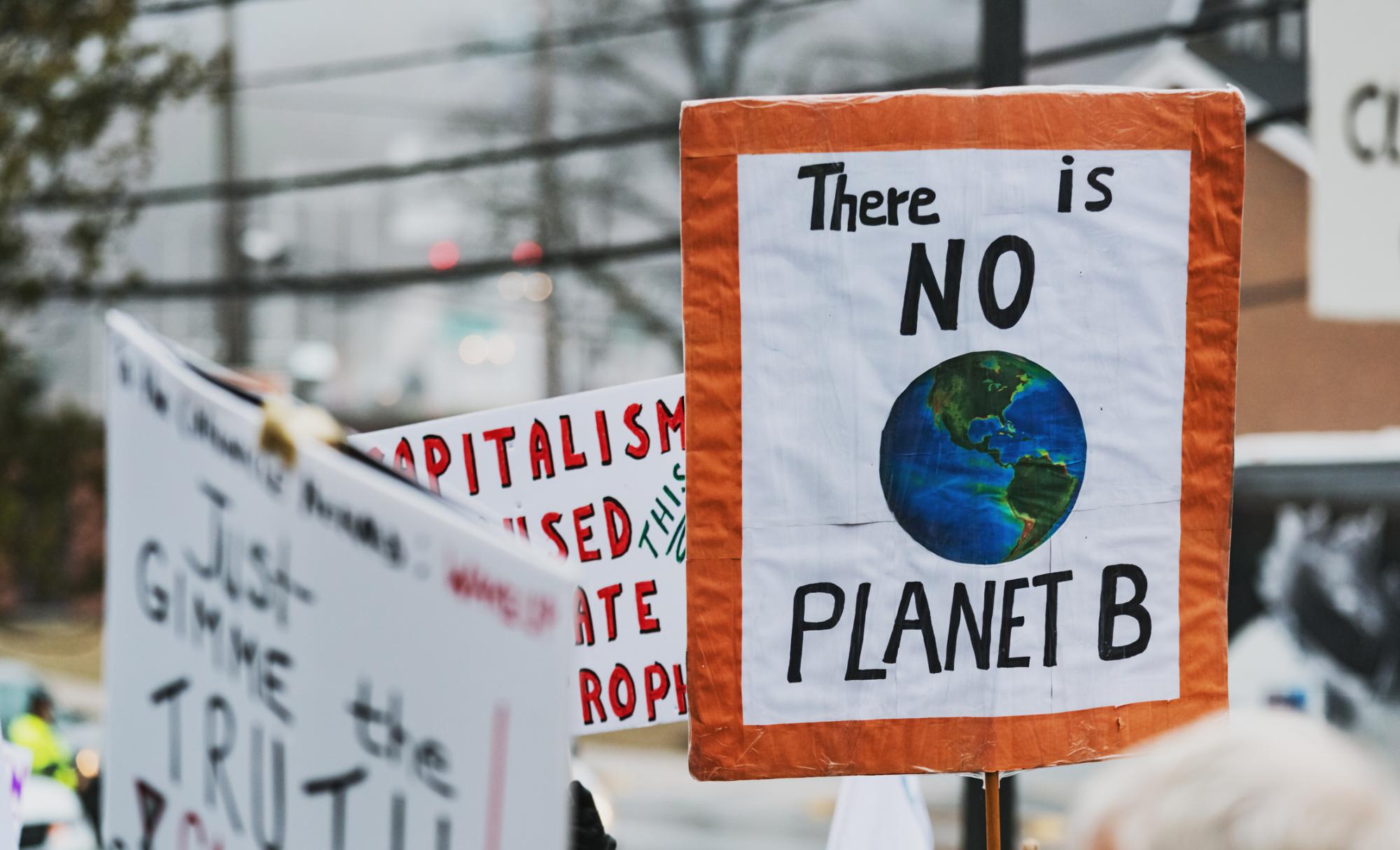When a gaping hole appeared in the ozone layer in 1985 above Antarctica, it confirmed the research that scientists had been publishing for over a decade. The ozone, which reduces ultra-violet radiation from the sun, was actively damaged by the substances used in aerosol cans, refrigerators and air-conditioning systems. Two years later, twenty-four countries convened in Montreal and agreed to ban CFCl3 and nearly 100 other substances directly linked to the depleting ozone. The hole in the ozone has shrunk significantly since, and scientists hope for complete recovery by 2050.
“It’s an amazing story of success,” says Kieryn Matthews, a science communicator and former BC Green Games Program Specialist at Science World.
The Montreal Protocol has been called one of the most successful international responses to an environmental crisis in history. Unprecedented was the swift action taken to enact the protocol, which now has the participation of 197 countries. Regaining a healthier ozone avoided what scientists predicted would have been a catastrophic rise in skin cancer and cataracts, as well as natural disasters such as cyclones and hurricanes.
While many have drawn parallels between the damaged ozone and climate change, Kieryn notes that the systems built around carbon emissions run much deeper and require a much more complex response than just a ban. “The science shows that we need to cut carbon but it’s certainly not something we can do overnight,” says Kieryn, who carries a background in environmental science and policy. “You have to ask, ‘How do you get the right infrastructure in place?’ which then becomes an issue about equity.”
Though there have been incremental changes to policy, such as the banning of single use plastics in Canada by 2021, psychologists and mental health practitioners have identified a rise in anxiety particularly associated with the planet’s rising temperatures. Worry and overwhelm sourcing from the perspective that not enough action is taking place fast enough is at the heart of what’s called eco-anxiety. While there are various emotional, mental and physical effects that anxiousness can produce, Dr. Debbie Clelland, Registered Clinical Counsellor & Professor at Adler University, says that worry is at the foundation of their feeling.
“Someone who is anxious can often get fixated with worry and it becomes difficult to let go of those thoughts,” she says. “With eco-anxiety, it’s specifically worrying about the topic of climate change or other environmental-related stresses."
While the particular issues concerning eco-anxiety may be niche, practitioners are able to draw from what is already known about anxiety. “One thing that’s difficult when speaking in relation to the climate is being hopeful,” notes Dr. Clelland. “If people come together and feel like they can create meaningful change, then it can reduce the anxiety.”
Opportunities to engage in larger groups through the Climate March, for example, can be ways to healthily connect with others who share the same worries about the rapid changes to the climate. However, Dr. Clelland notes, the personal relationship that takes place after can be equally as important.
The American Psychological Association published a 2017 guide for practitioners and the public to better understand the link between mental health and the changing climate. While it cites psychological distancing as a coping mechanism that could potentially used to deny aspects of climate change, Dr. Clelland argues that a healthy dose could be a form of boundary-setting after an intense intellectual or emotional exertion.
“You can truly say: I’m going to make a difference and put my energy into this but if I get to the point where this becomes a crisis for me personally, then I’m not actually effective anymore in many areas in my life,” she says.
Dr. Clelland recommends some of the following focuses:
- Creating “balanced attention” between thoughts, feelings, bodily sensations and behaviours to avoid overwhelm.
- Being aware of that “sick-to-your-stomach feeling” or a stomach ache which is often linked to anxiety and ensuring you’re physically nourished.
- Counting successes and acknowledging victories when they happen.
“You can take care of your physical self and know that it can affect the direction in your thoughts and behaviours,” she says.
Learn how climate change is impacting the Arctic.
Our current feature exhibition Arctic Voices presented by RBC explores the northernmost biome, a region warming faster than any place on Earth. On until September 2021.
